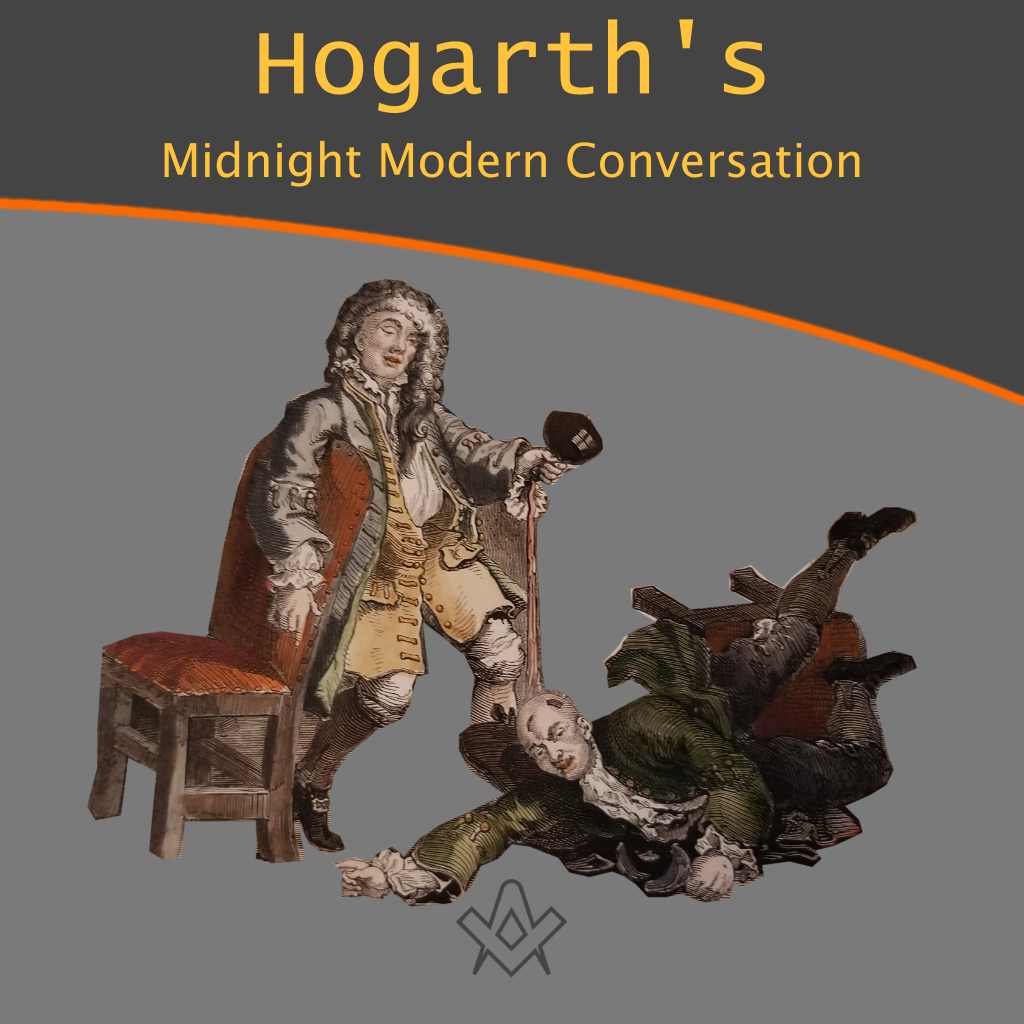This man falling down is one of Hogarth’s most famous characters. You will find him illustrating topics of drinking and debauchery in the 18th century.
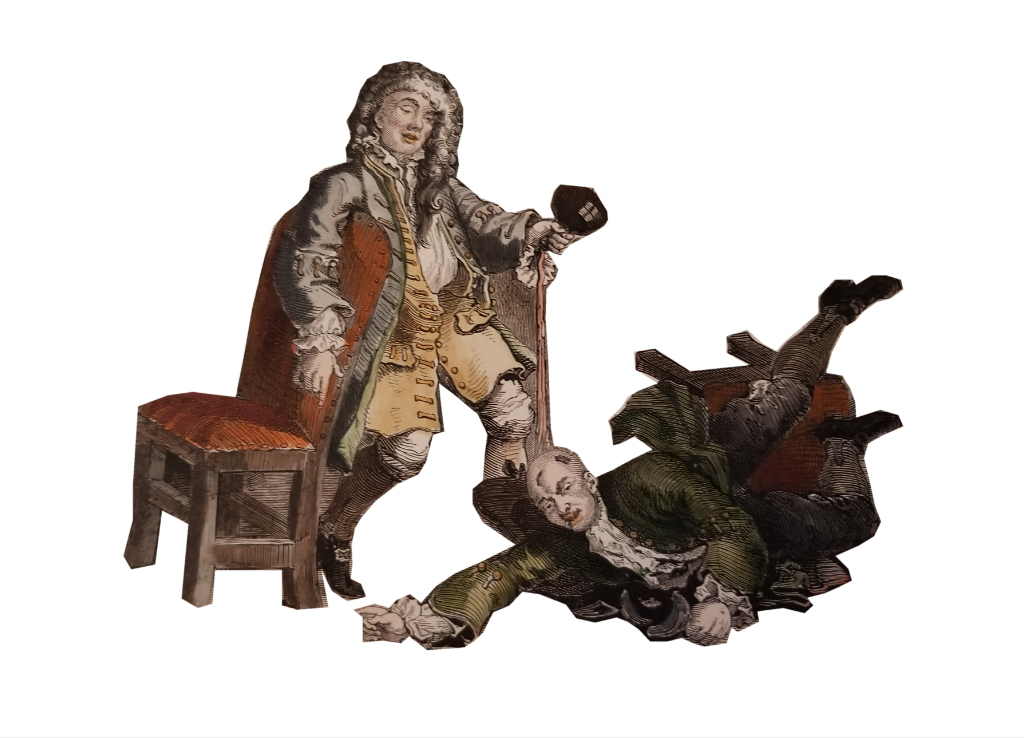
The print actually conceals the most Masonic of all symbols – talk about hidden in plain sight!
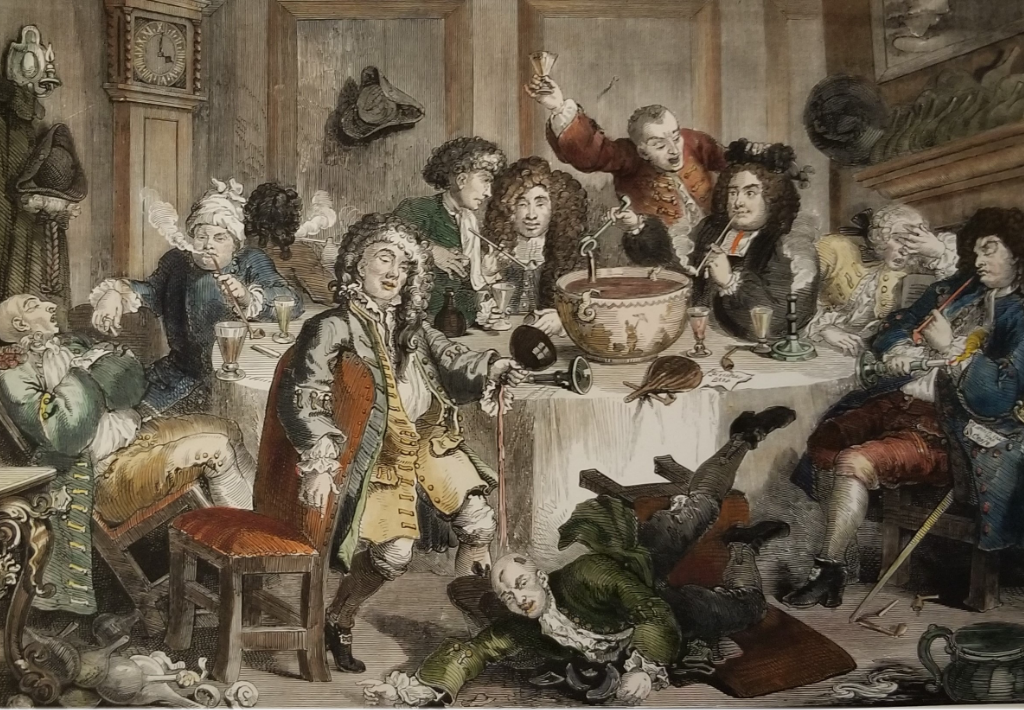
Figure 1 – Midnight Modern Conversation (1732)
IMAGE CREDIT: William Hogarth – Midnight Modern Conversation (1732)
In the foreground of this tavern, two drunk men have been involved in a bottle fight.
One man has been hit on the head and has fallen to the floor. This act of aggression is completely ignored by the all-male group sitting around the table.
Compare this action to this Masonic expose by Leo Taxil from 1886. It shows a form of Masonic ritual in which the candidate has been hit on the forehead with the Master’s mallet.
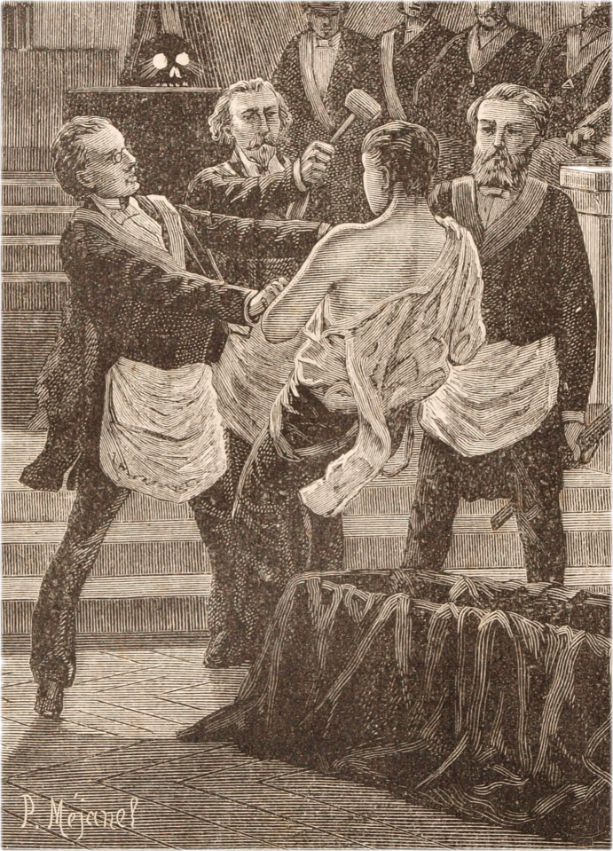
Figure 2 – Leo Taxil Mystères de la Franc-Maçonnerie (1886).
IMAGE CREDIT: Leo Taxil Mystères de la Franc-Maçonnerie (1886)
The following line from Prichard’s expose of 1730 seems to describe a similar action within the Third Degree ritual.
It tells us that the weapon used was ‘a setting maul’.

Figure 3 – Prichard line from Masonry Dissected 1730.
IMAGE CREDIT: Prichard’s Masonry Dissected 1730.
Hogarth has set this piece of theater from the ritual within his tavern scene. He has substituted the setting maul for a bottle because it fits perfectly into the scenario of a pub fight.
The squat bottle, known as an ‘onion bottle’ looks very similar to the stonemason’s setting maul. The final illustration below shows a modern ‘soft maul’, which is apparently used in some lodges so as not to harm the candidate!
This modern lodge prop is a similar shape to the ‘weapon’ used in the Hogarth print. I believe that is strong evidence that Hogarth intended to feature this part of Masonic ritual within this work.

Figure 4 – bottle/maul comparisons with ‘soft mallet’
IMAGE CREDIT: article author.
The man being symbolically knocked out is a famous character of the time – James Figg.
James Figg was a champion bare-knuckle boxer. Indeed, at the time of painting he was undefeated.
I have compared the face of Hogarth’s figure to a portrait he made of Figg, and a cartoon Hogarth once drew of him for a trade card.

Figure 5 – Jame Figg and likeness to painting and cartoon
IMAGE CREDIT: article author.
Hogarth features the famous boxer to create a clever Masonic joke – the only way that James Figg could be ‘knocked down’ was by taking part in this Masonic ritual.
Hogarth created several other Masonic jests of his nature.
I explain the other Masonic details within this picture in my book. A few are to be found within the very title of ‘Midnight Modern Conversation by William Hogarth’:
‘Midnight’ – Notice how the tavern clock shows 4am while the title of the print is ‘midnight’.
It has to do with the Masonic tradition of adding 4 millenia to every date [this Masonic year is 6021].
This specific number was actually calculated by Sir Issac Newton and introduced to Freemasonry by his friend Jean Desaguliers.
‘Modern’ is a reference to ‘the Moderns’ and their eventual schism with the ‘Antients’.
‘Conversation’ – Noone is talking around the table. Hogarth was ridiculing the new lengthy ritual for the way in which it prevented conversation.
The painter had already included his likeness in the Harlot’s wake. We discovered Hogarth participating in the tradition of giving out gloves, having just received the Third Degree.
The painter has also included himself in this scene. Can you find him sitting around the table? He is watching his friend James Figg going through his ceremony.
Both men became Master Masons in 1725.
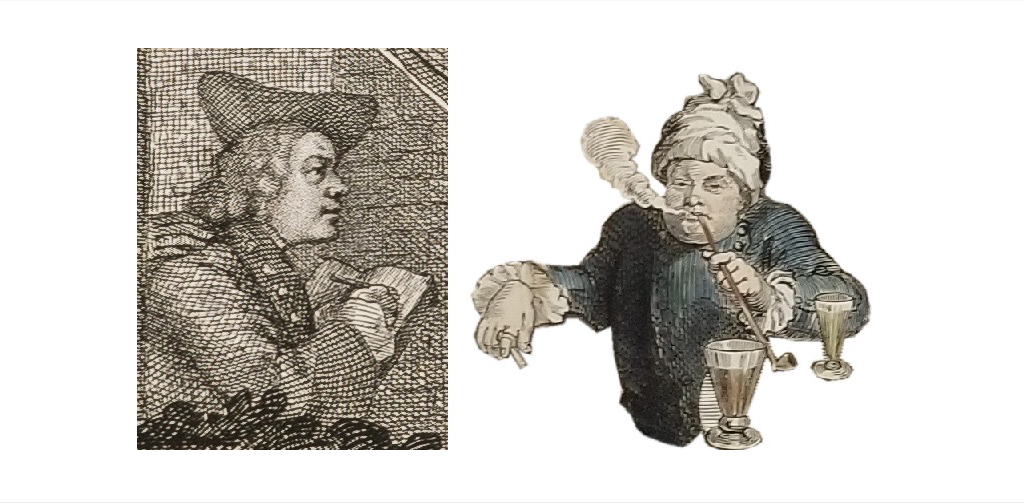
Figure 6 – Hogarth’s portrait (Gate of Calais) as compared to the face of the man at the table.
IMAGE CREDIT: William Hogarth
The grumpy looking artist stares directly at us. He looks bored with this ceremony.
My book goes into great detail to explain why Hogarth was fed up with the Third degree.
He left us much evidence that he was unimpressed with this newly introduced ‘Hiramic Legend’.
There are three separate Masonically themed paintings that show Hogarth’s disdain with the Modern’s developments – (Sleeping Congregation (1736), Hervey Conversation (1739), Indian Emperor (1739).
The book shows many other Masonically themed works.
One print which Hogarth made in 1726 is relevant to this magazine as it shows the same degree signs seen which we found in A Harlot’s Progress.
See if you can find them in this scene from Hogarth’s Hudibras in Tribulation (1726).
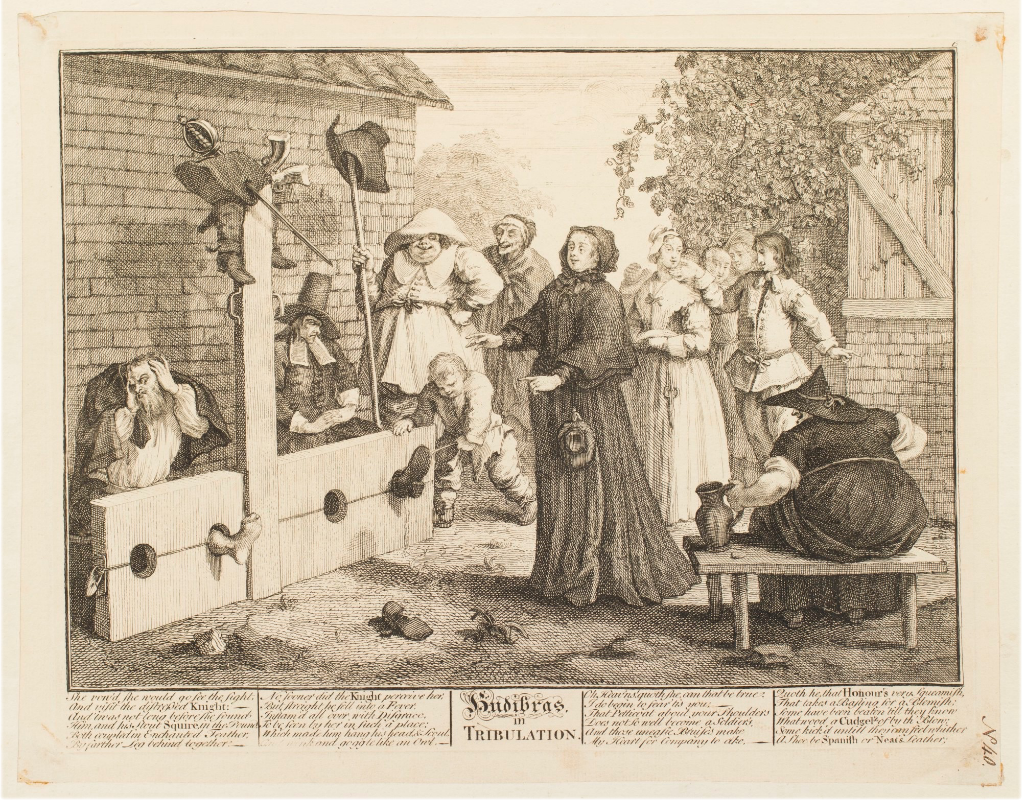
Figure 7 – Hudibras in Tribulation (1726)
IMAGE CREDIT: William Hogarth – Hudibras in Tribulation (1726)
Artist: William Hogarth (1697-1764)
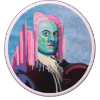
William Hogarth was made a Mason at the Hand and Apple Tree Lodge in Little Queen Street, Holborn, London c1725-28.
He later joined the Bear and Harrow in Butcher Row, known later as the ‘Corner Stone’ Lodge 4, and then Grand Steward’s Lodge. He designed a jewel known as ‘Hogarth’s Jewel’, it remained in continual use into the nineteenth century.
Hogarth was a prolific English painter whose scenes often demonstrated a satirical depiction of 18th century life.
He was responsible for the Copyright Act passed by Parliament in 1735 also known as the Hogarth Act.
Artwork: Tim Fowler
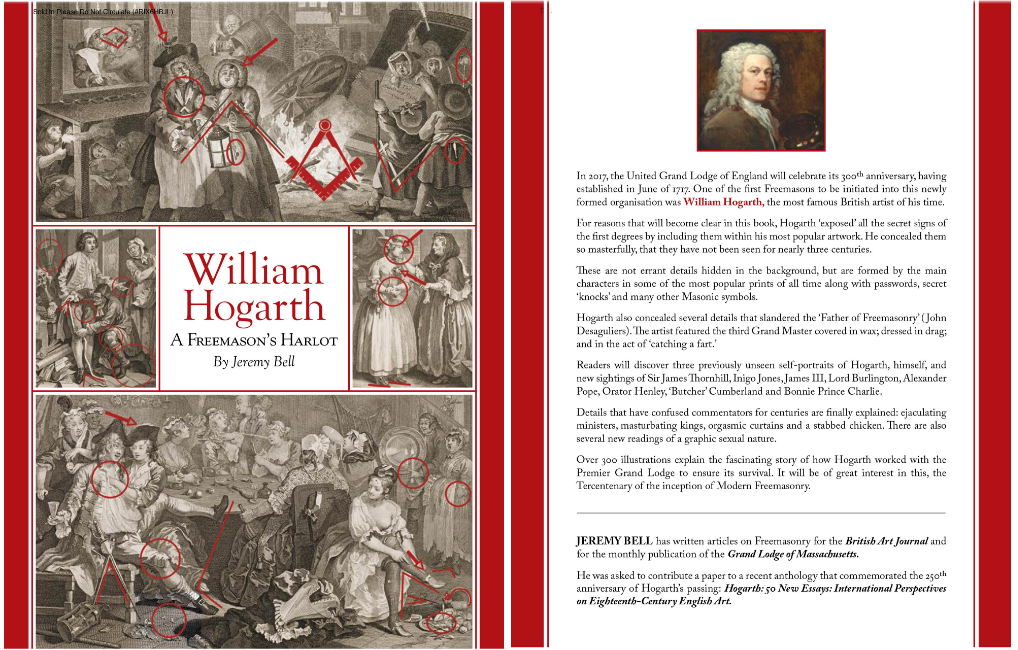
Many more details from the other scenes are explained in my book William Hogarth - A Freemason’s Harlot which is available from my website www.brotherhogarth.com.
Email me at Brotherhogarth@gmail.com. I can show you how many of Hogarth’s other works were Masonically themed.
Recent Articles: by Brother Hogarth
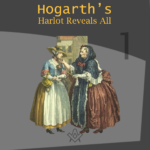 Hogarth’s Harlot Reveals All - Part 1 A new series looking at the hidden Masonic symbolism within Brother Hogarth's works - what can you find? |
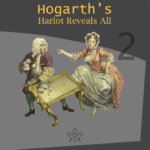 Hogarth’s Harlot Reveals All - Part 2 The second instalment in the series looking at the hidden Masonic symbolism within Brother Hogarth's works - what can you find? |
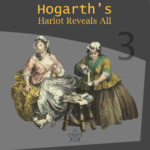 Hogarth’s Harlot Reveals All - Part 3 Brother Hogarth gives us another bawdy glimpse into the salacious world of the 'Harlot's Progress', and the tantalising Masonic symbolism hidden within! Can you spot the clues? |
 Hogarth’s Harlot Reveals All - Part 4 This month we find her in prison doing forced labour. So why, you may ask, is she dressed so finely? This sudden change of costume confused many commentators over the centuries. |
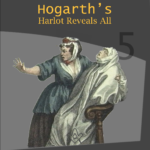 Hogarth’s Harlot Reveals All - Part 5 In last month’s instalment, our Harlot is found in prison doing forced labour. In this instalment the Harlot dies! |
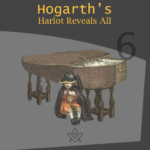 Hogarth’s Harlot Reveals All - Part 6 With our protagonist (the Harlot) lying in her casket, what next for the Widow's Son? |
 Hogarth's Harlot Reveals All - Part 6.2 A naughty clergyman, the virgin, and 'Father Time' - what can Hogarth reveal now?! |
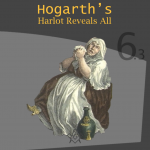 Hogarth's Harlot Reveals All - Part 6.3 Who are the famous men featured in the scene? Hogarth reveals all! |
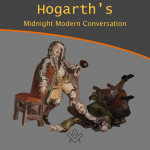 Hogarth's Midnight Modern Conversation Brother Hogarth is back with a look at another work of art with Masonic symbolism 'hidden in plain view' - what is occurring within the Midnight Modern Conversation? |
 Hogarth discreetly embeds more masonic signs and symbols in his paintings , never forgetting, everything he included in his scenes had meaning and is there for a reason. |
 Hogarth discreetly embeds more masonic signs and symbols in A Rake’s Progress, never forgetting, everything he included in his scenes had meaning and is there for a reason. |
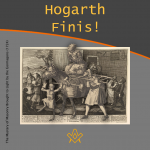 For twelve months Hogarth and his Harlot have revealed all, and the Rake has exposed himself. In this, the last part of the series (for now), we get a final glimpse at a few more of Hogarth's Masonic 'reveals'. |
masonic knowledge
to be a better citizen of the world
share the square with two brothers

click image to open email app on mobile device


